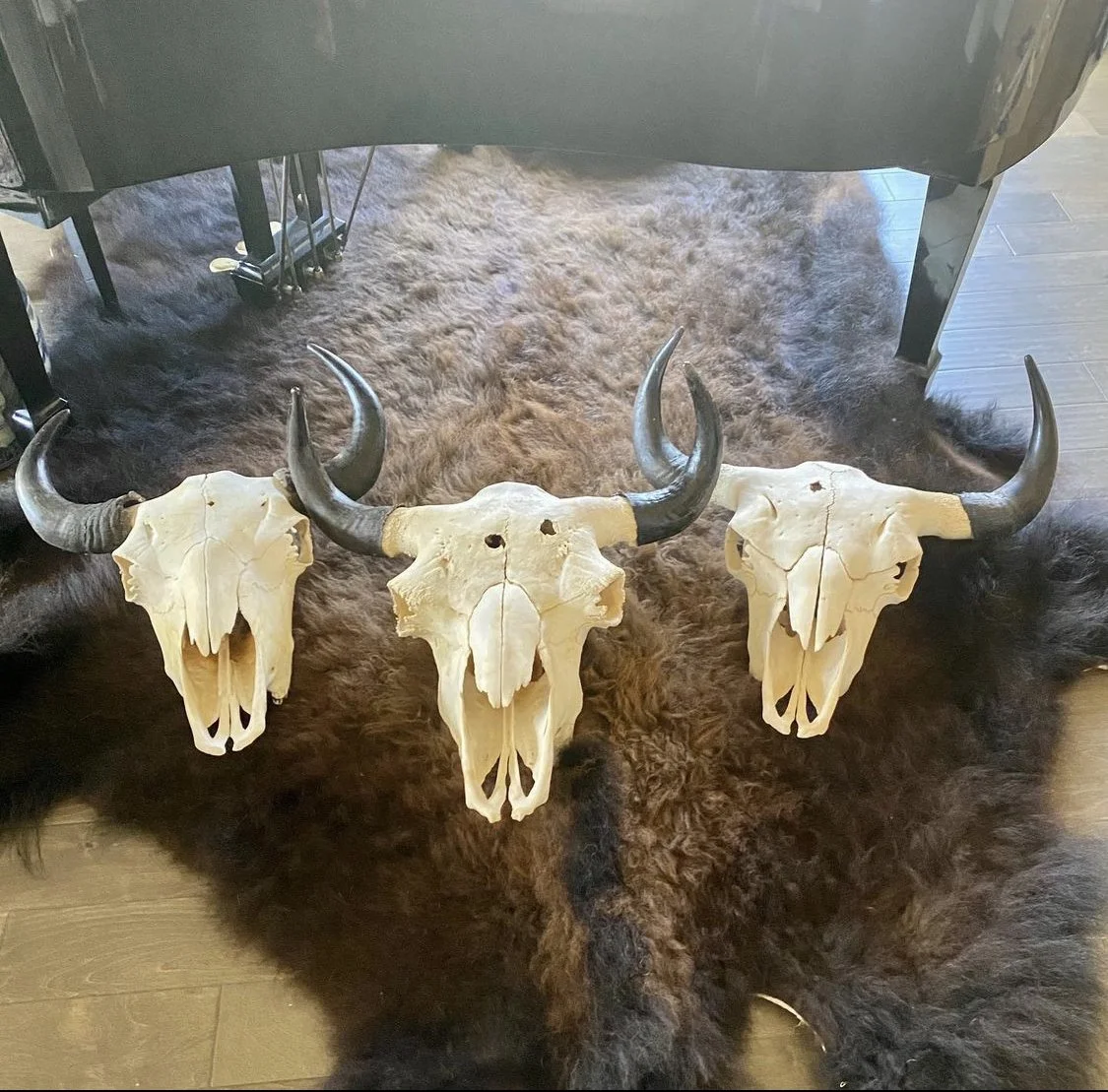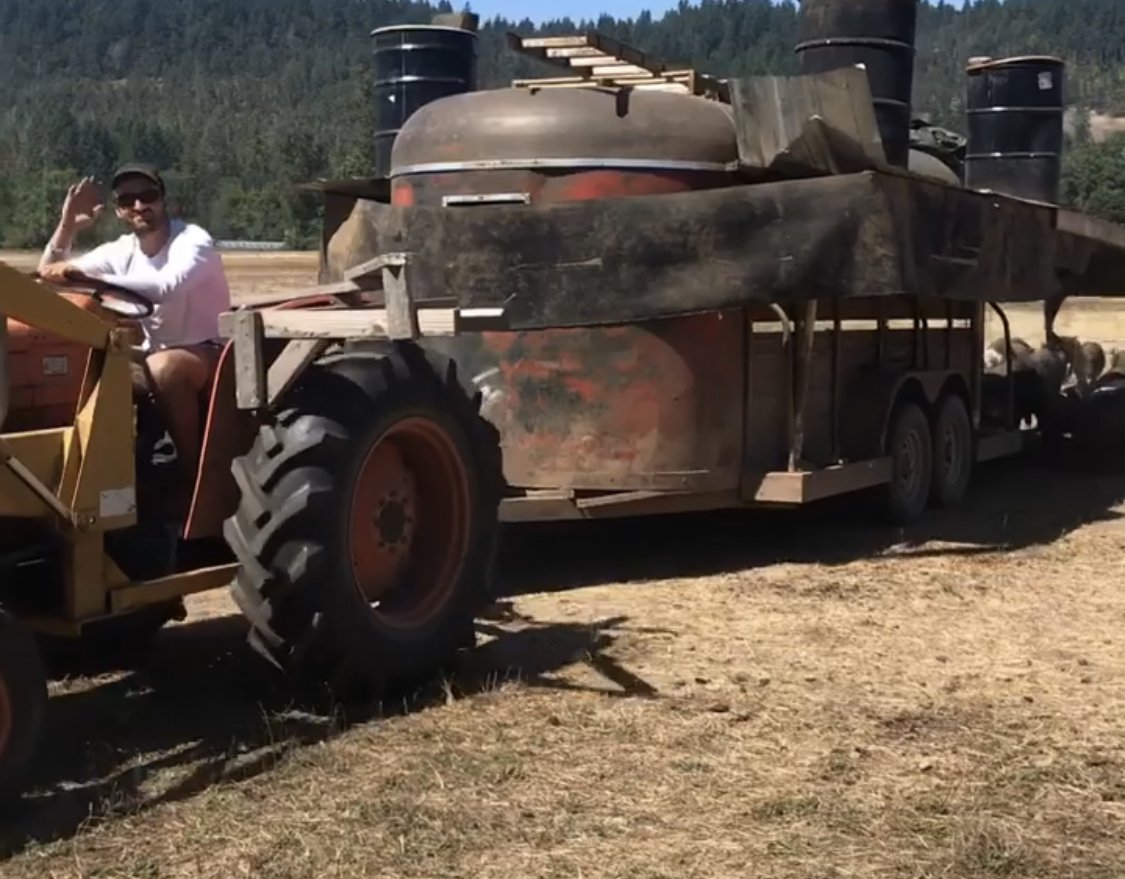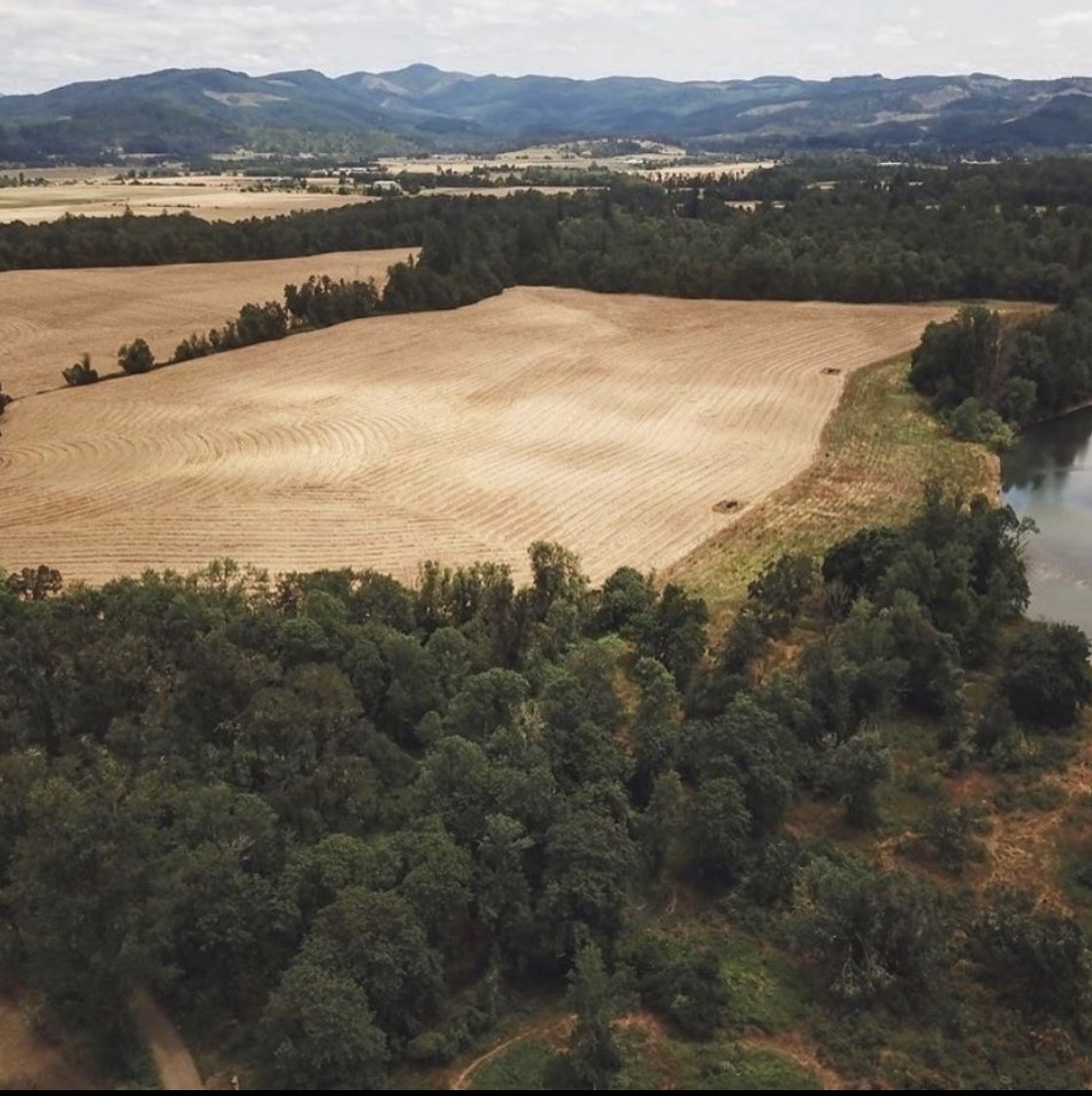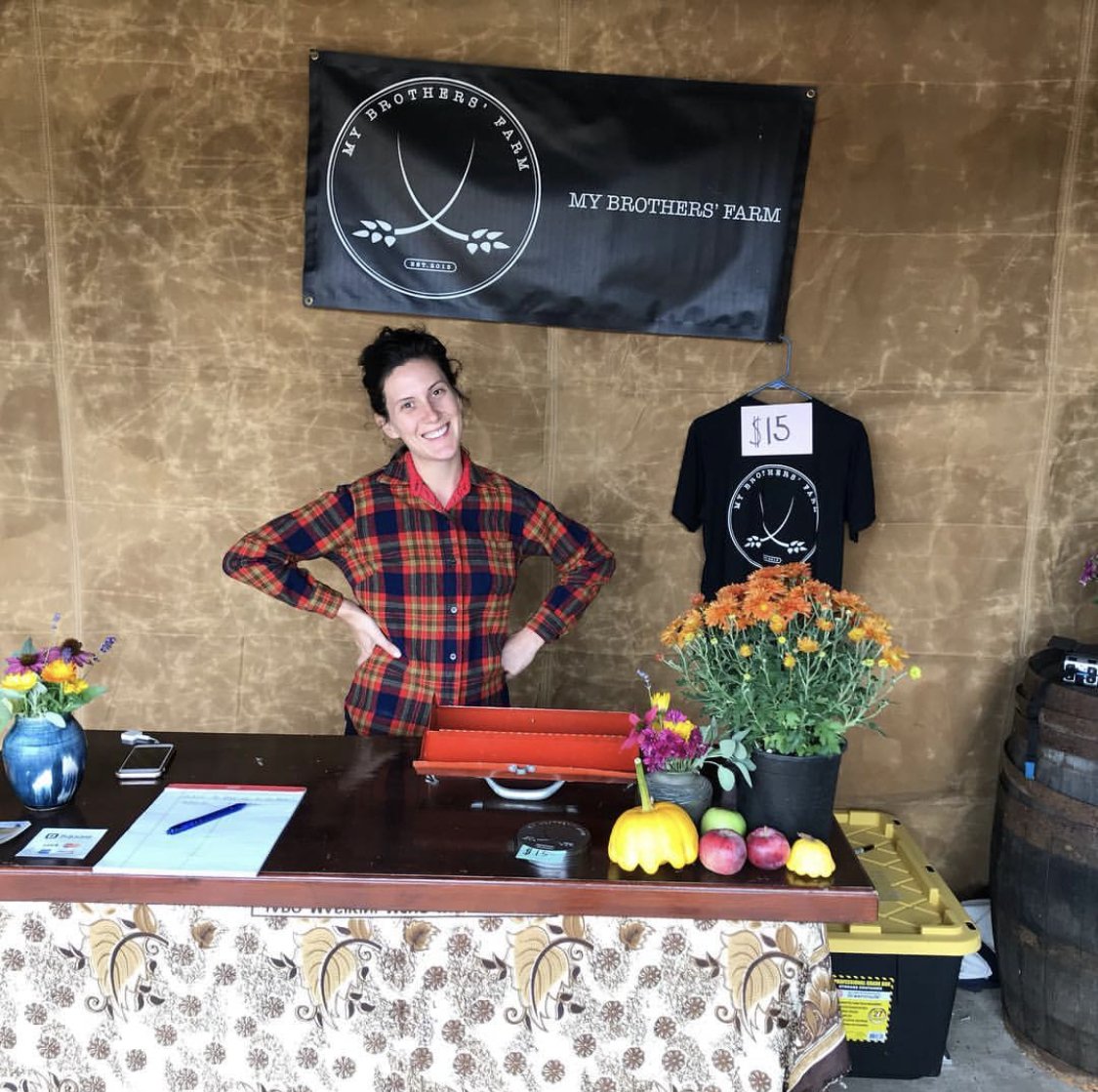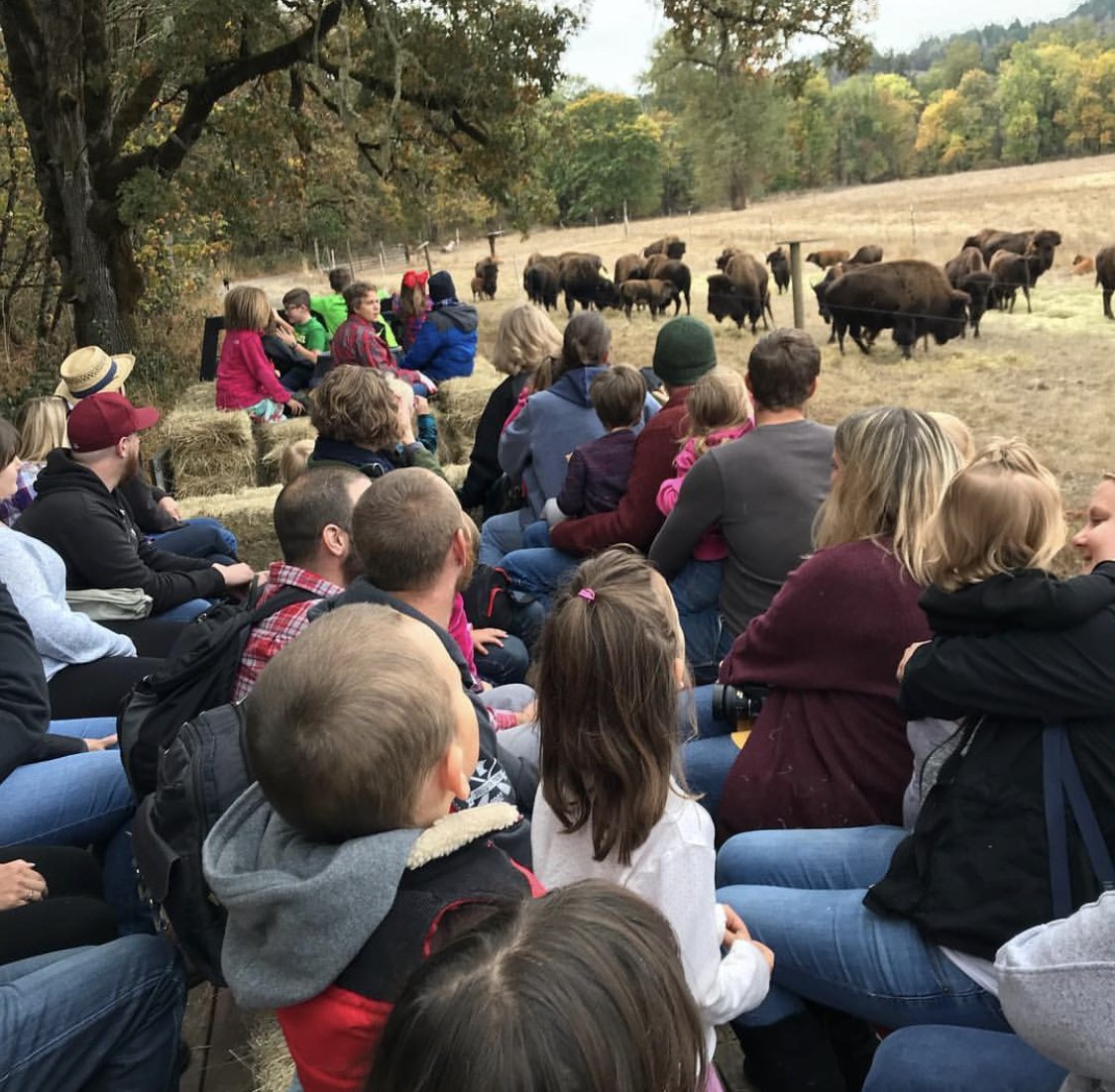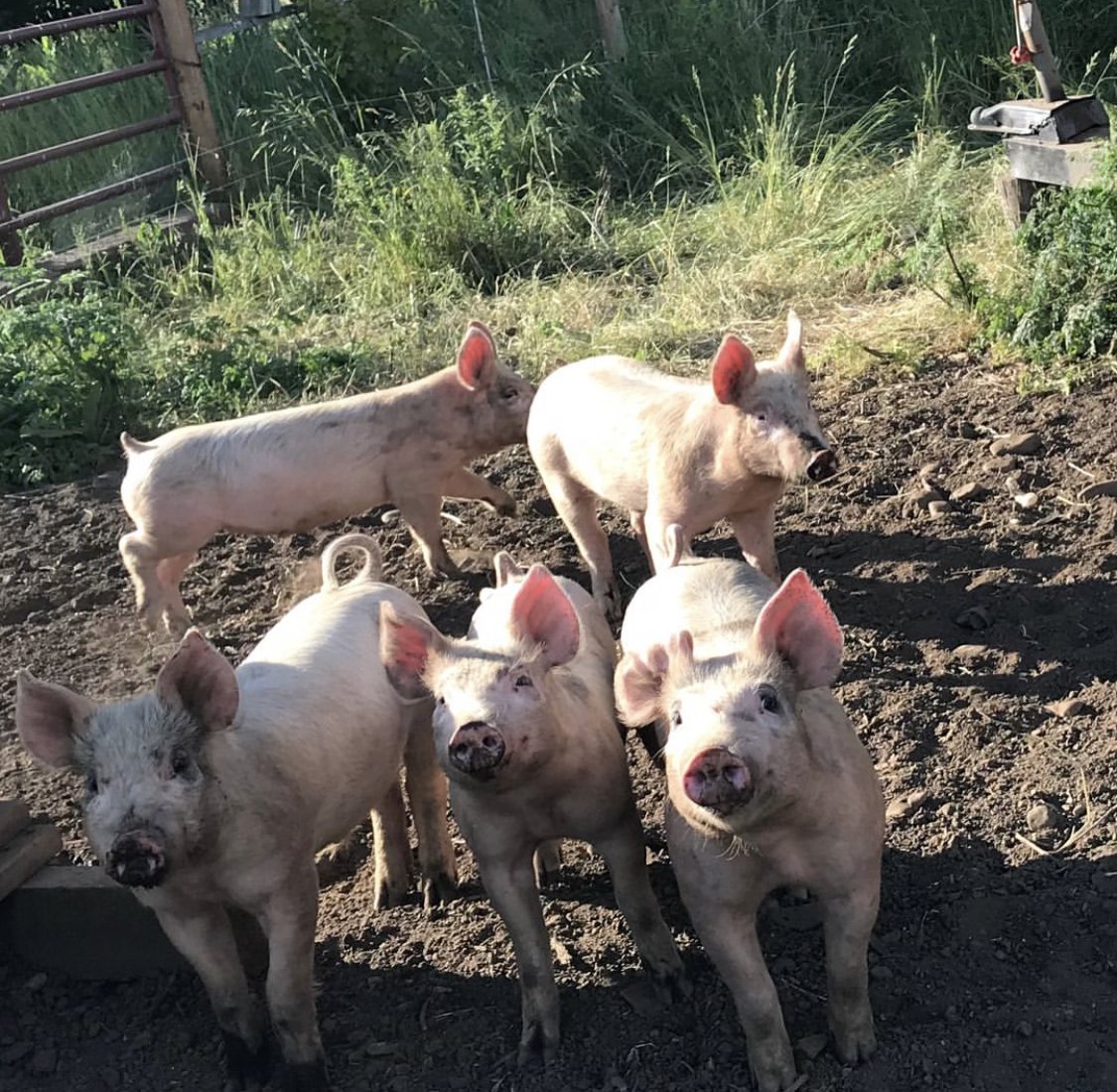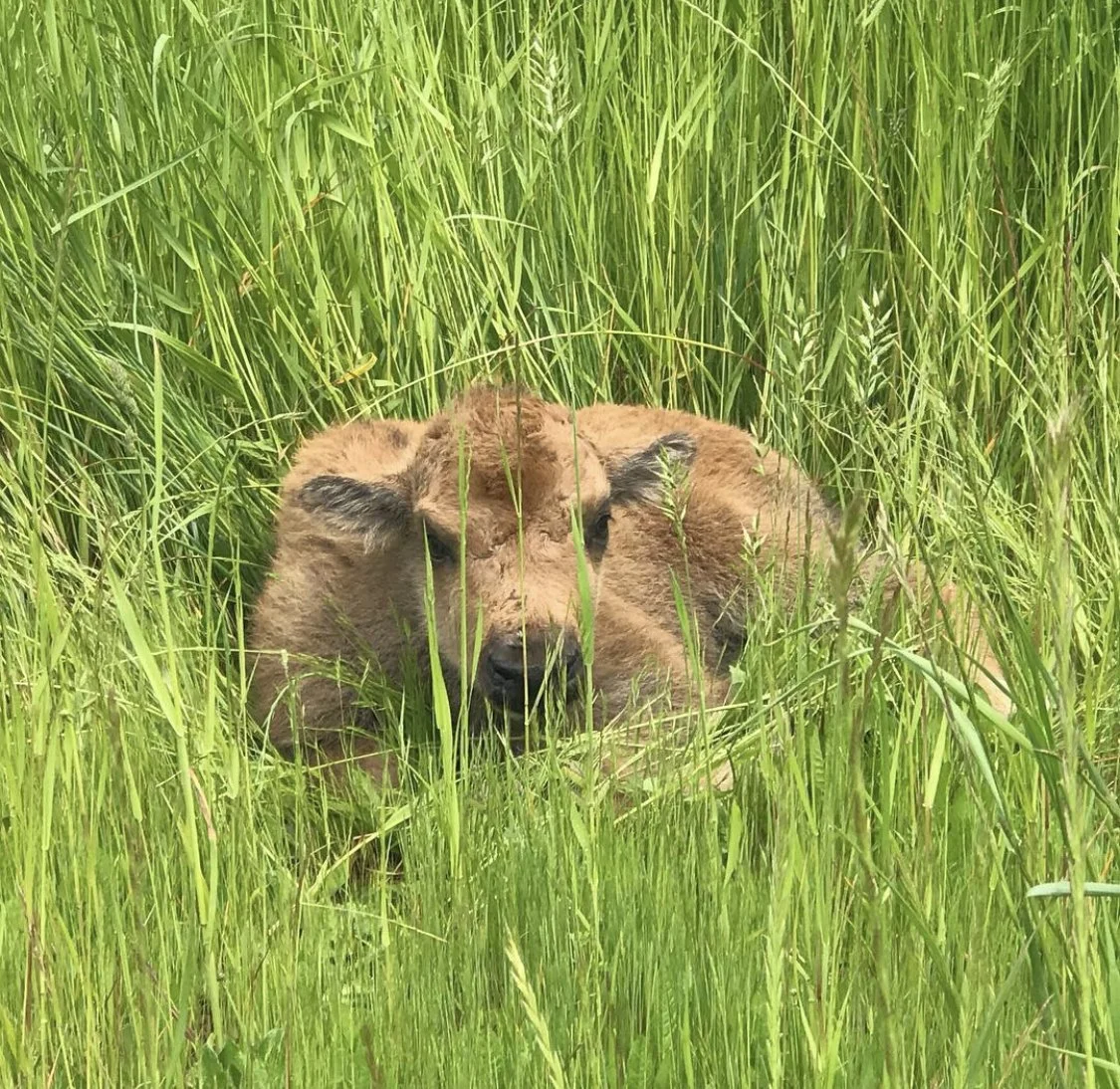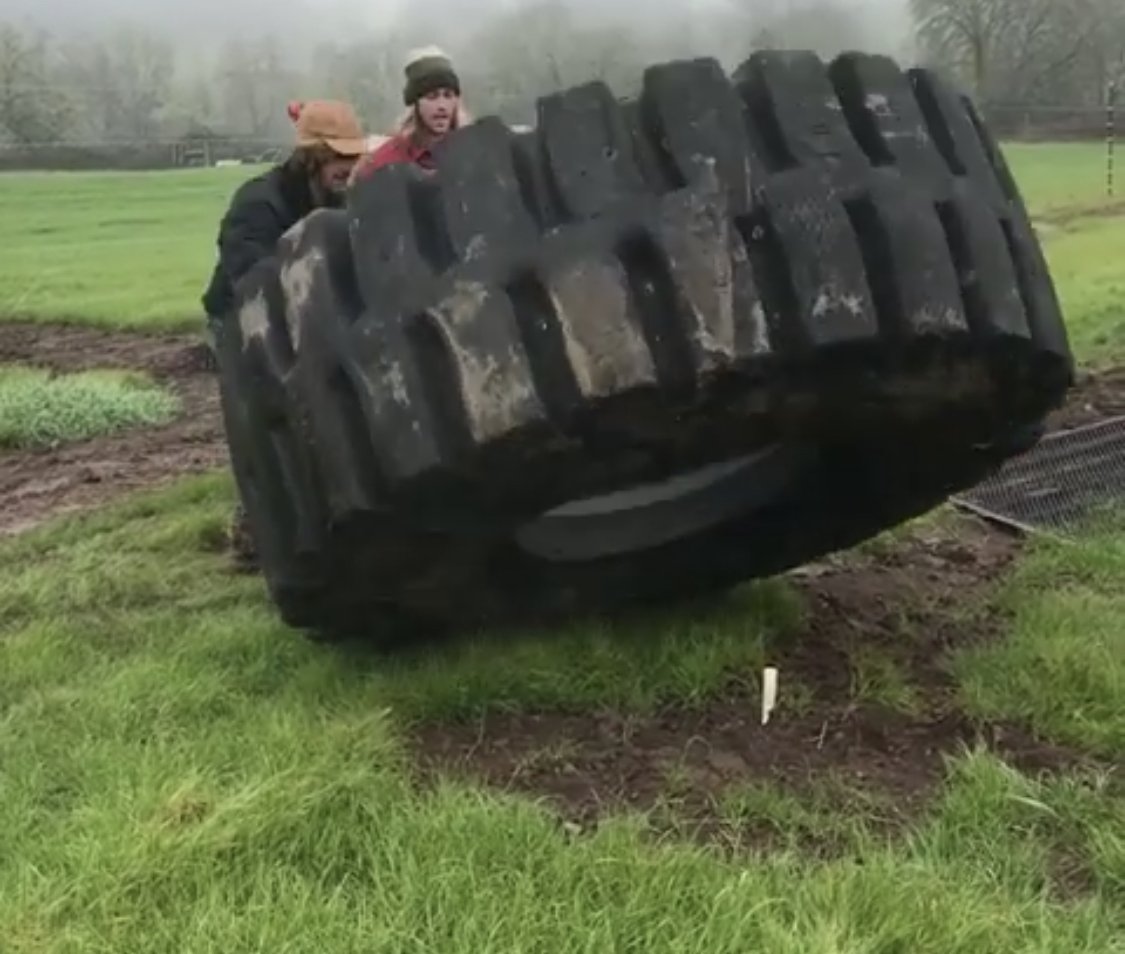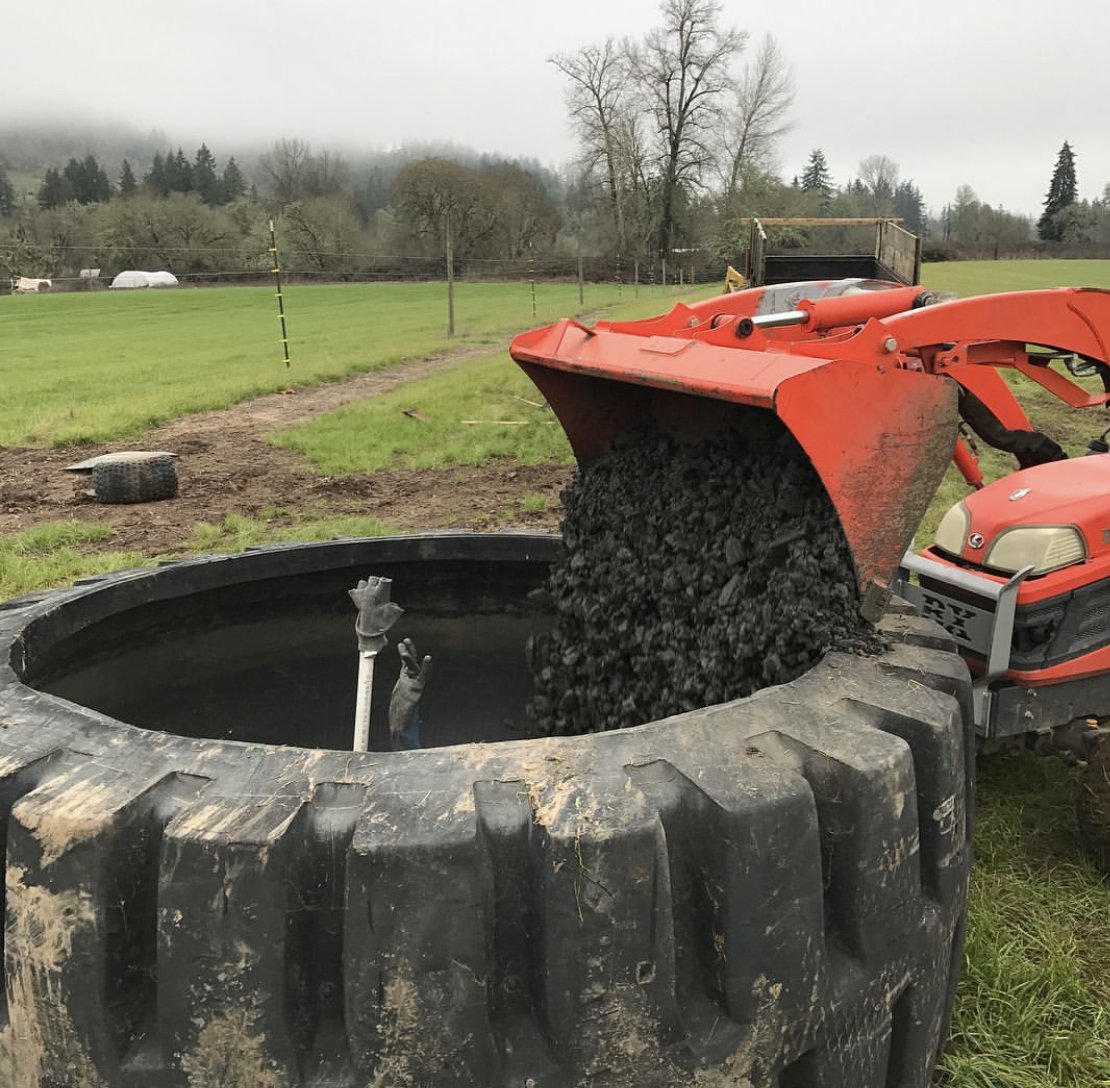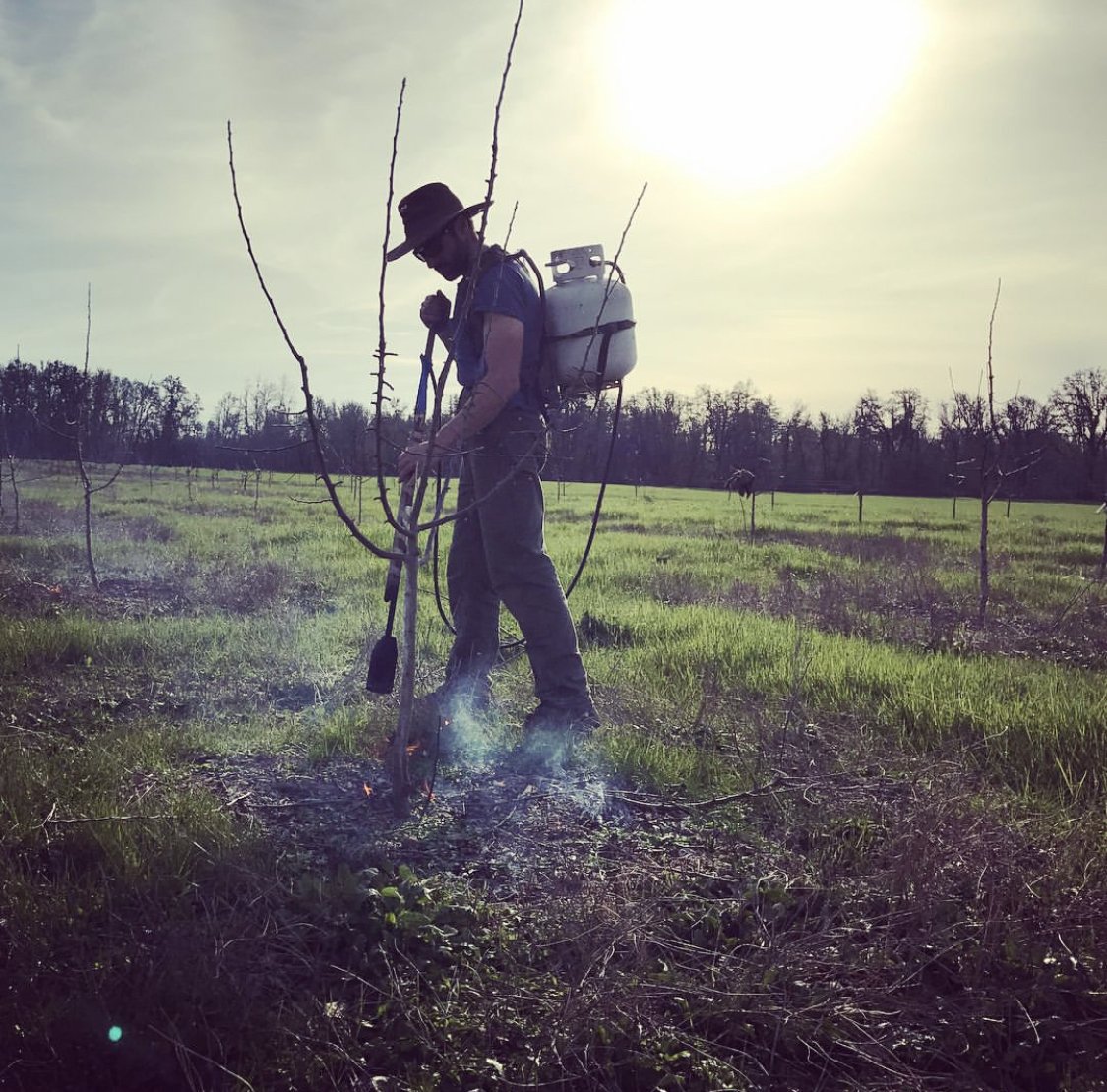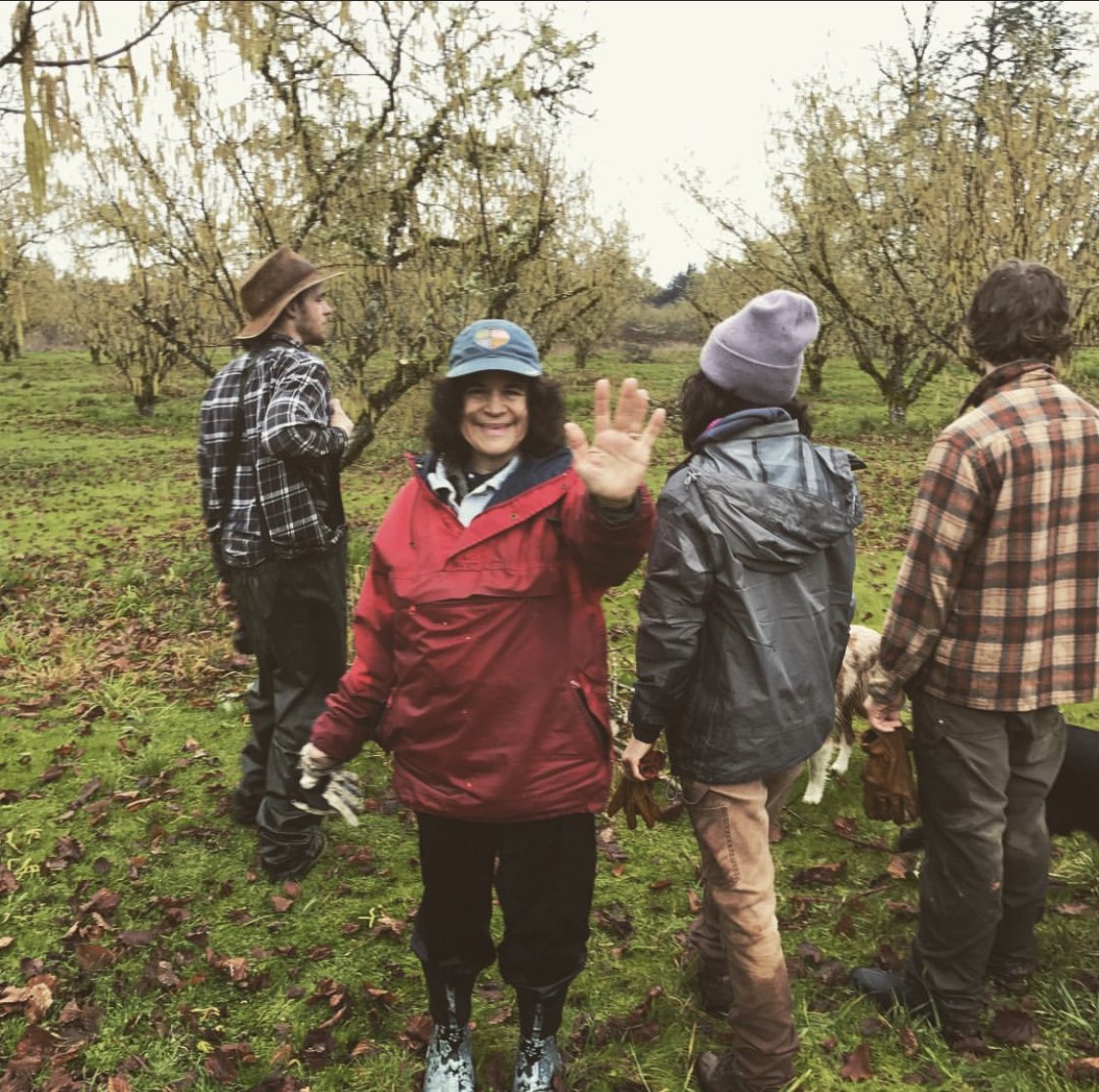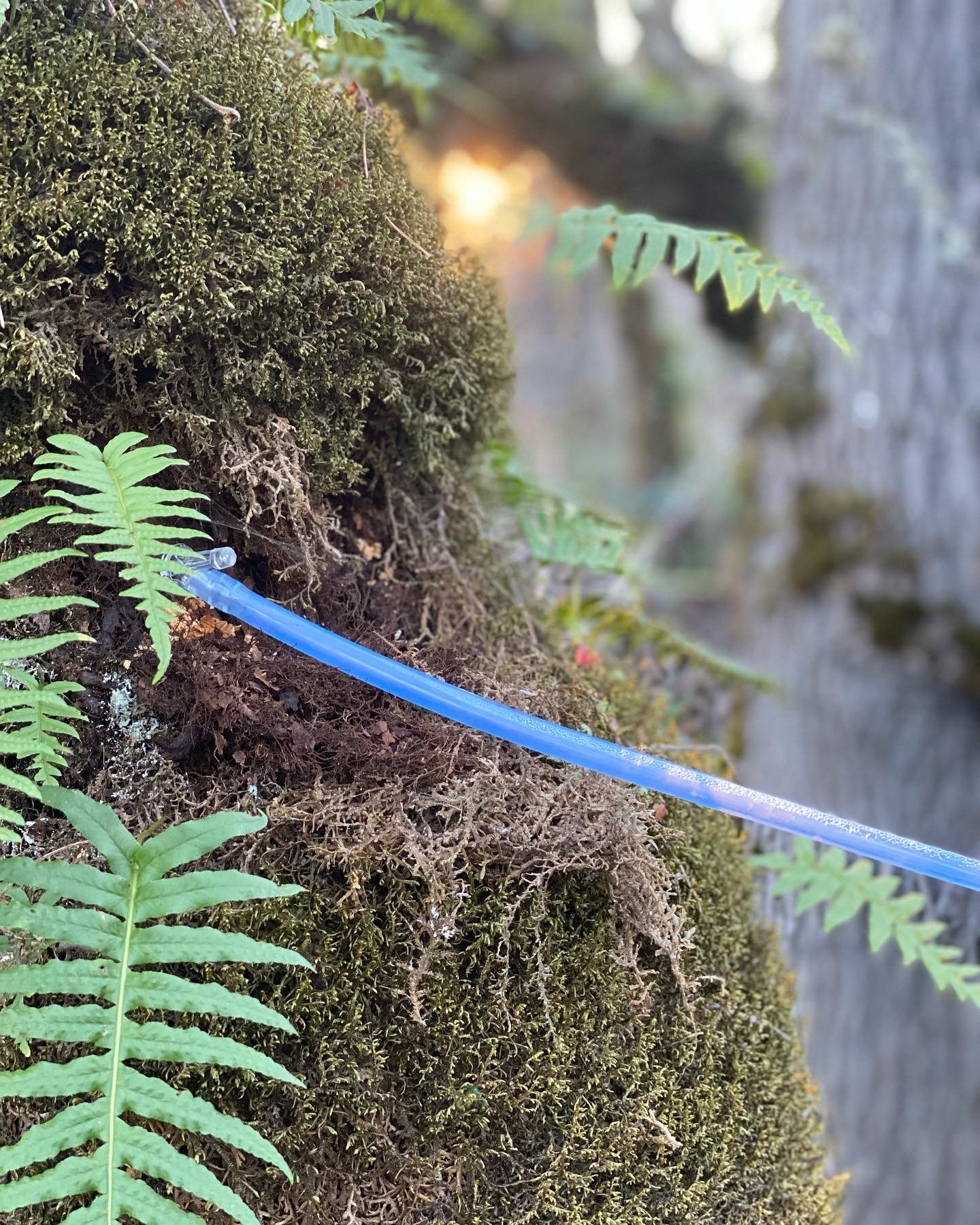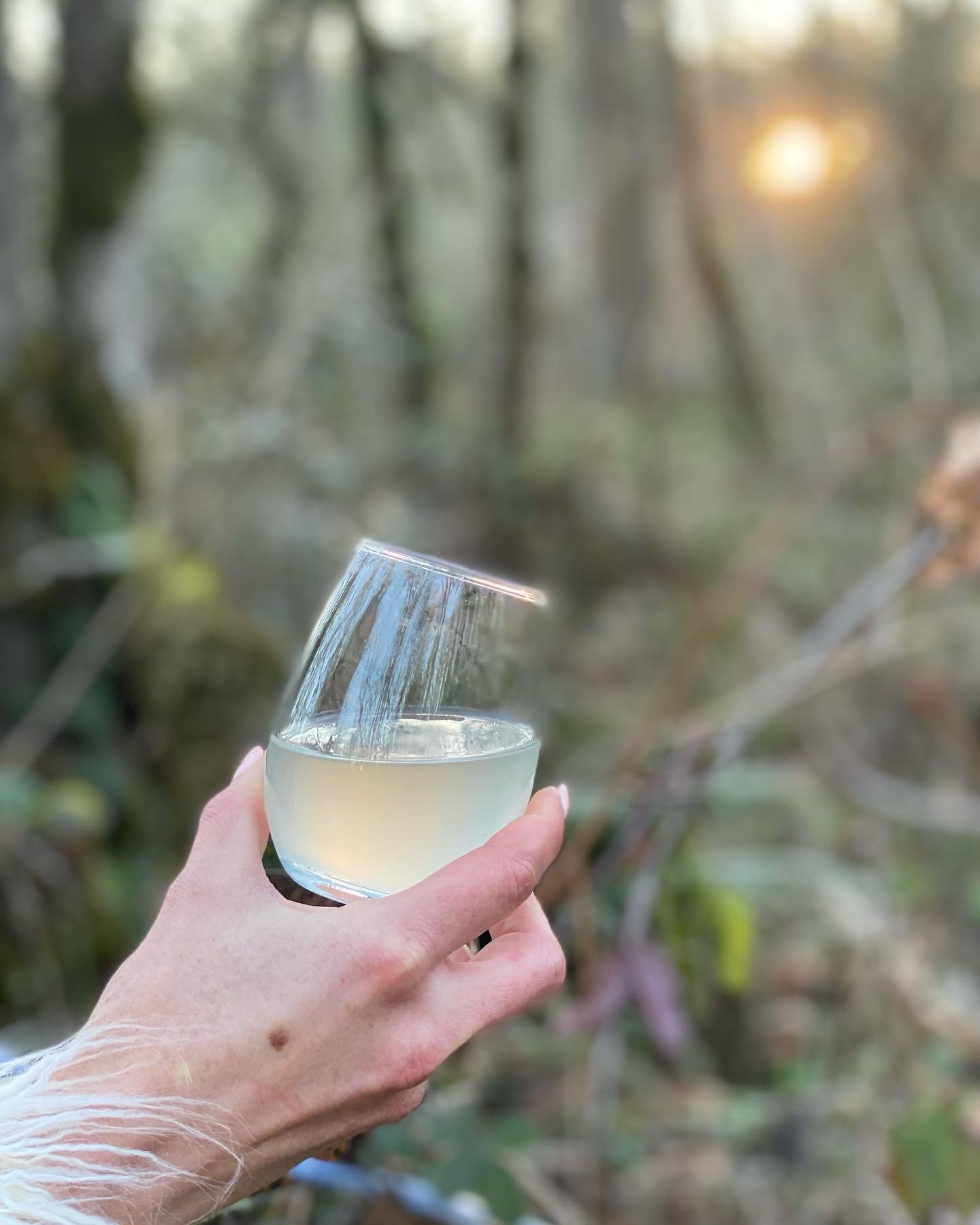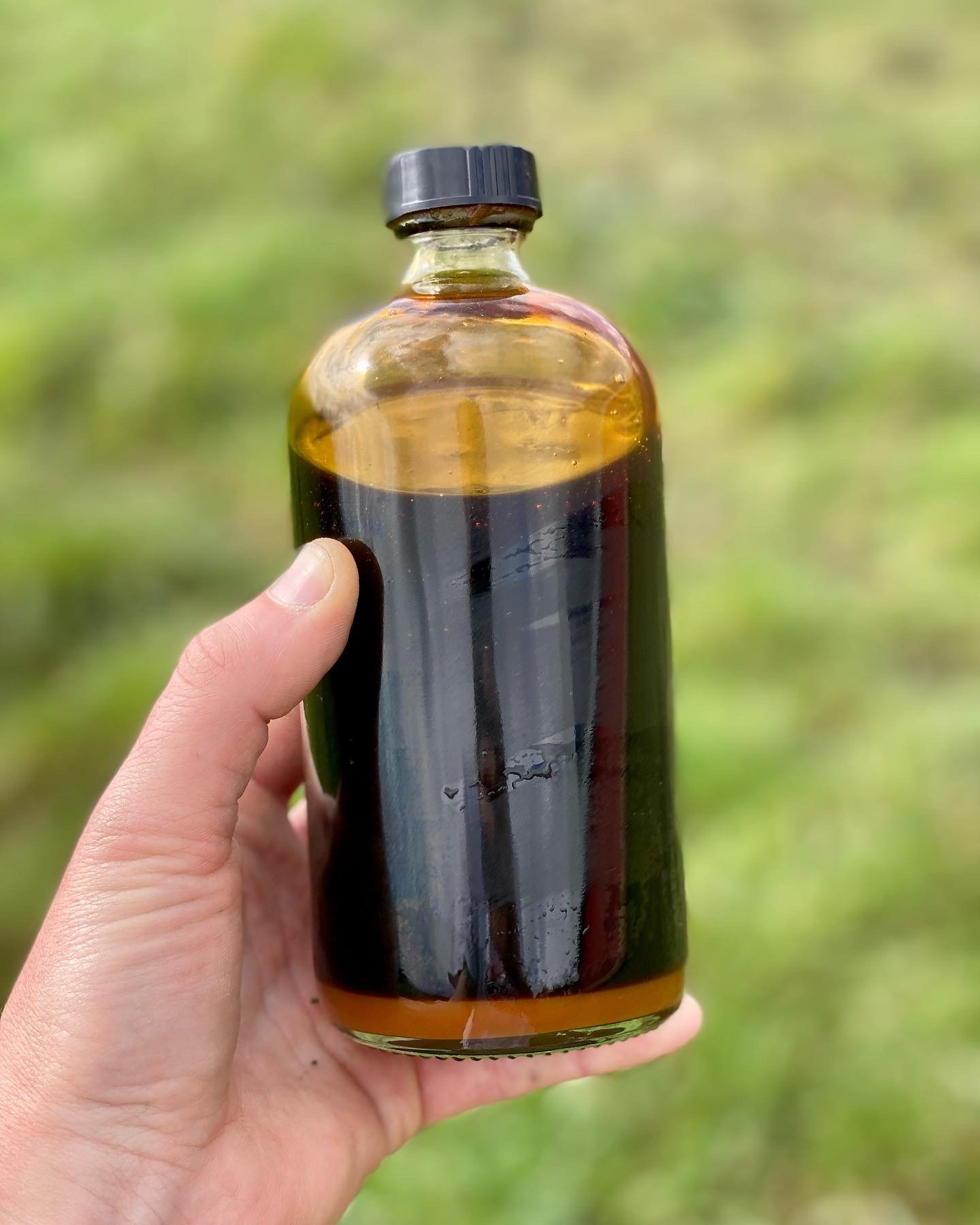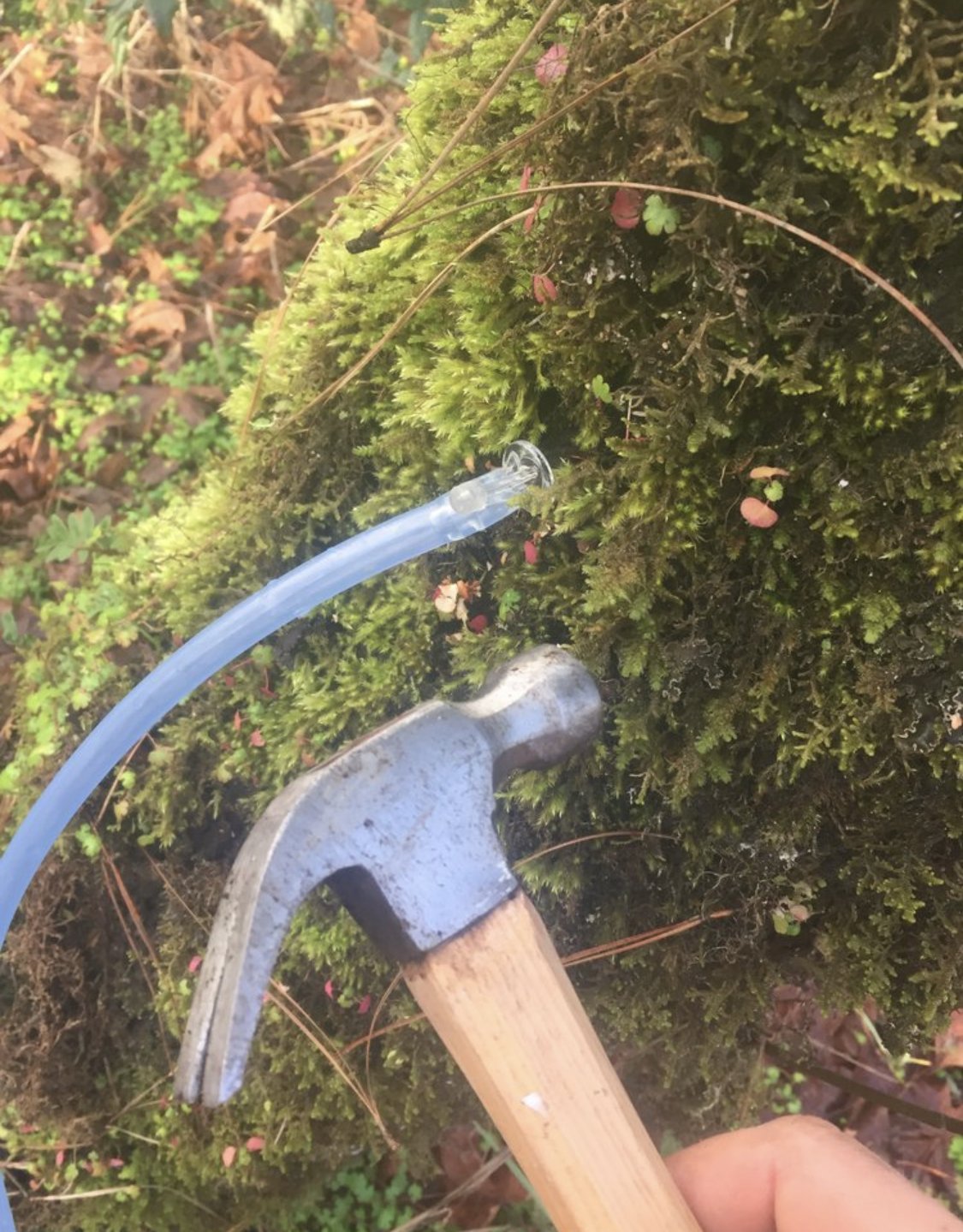Did you know that the diverse ecosystems of grasslands can sequester a vast amount of carbon? Perennial grasses have roots that can extend up to 15 feet underground and literally trap carbon from the atmosphere using photosynthesis. Unlike forests which store carbon biomass in the form of leaves and wood, the carbon from grass is stored in their massive root systems. With most of this biomass stored under the surface, you end up with fertile healthy soil.
It is well known that the vast herds of bison that used to roam America’s west helped to cultivate the native prairies that produced the fertile soil used for food production and prosperity in this country. Their migratory patterns are what most ranchers who are utilizing pasture rotation are trying to mimic. The bisonwould graze an area, which stimulates growth, defecate and pee on the area, replacing nutrients, and then move on, providing rest for the grasses to recover, often not returning to the area for months or years. As the bison were killed to near extinction, the land was tilled and mined for food production we lost that valuable top soil and intricate ecosystems. On the farm we are trying to mimic what the bison would do naturally. As land stewards and ranchers we are excited by the idea that grasslands can be used for food production, ensuring food security while also limiting climate impacts and supporting biodiversity. We know that these grasslands are not just home to the bison, they are a habitat for wildlife, birds, fungai, and the microbiome we all depend on for survival.




